It can be fun to breed your own zinnias - Part 38
zen_man
7 years ago
Featured Answer
Sort by:Oldest
Comments (105)
zen_man
7 years agosamhain10 - 5a
7 years agoRelated Discussions
It can be fun to breed your own zinnias - Part 7
Comments (107)JG, "I can't help but wonder if possibly there isn't some kind of mobile element or virus to cause the color patterns of those, as in the Peppermint stick types--just a different sort of expression! I wondered the same when I saw it in a few of the streaked flowers I got, including July Bonnet this year-- kind of like the color "breaks" you see in the Rembrandt series tulips." I wonder the very same thing. It is troublesome to me that the Rembrandt tulips owe their striped color patterns to a virus infection. I discontinued breeding with the striped and spotted zinnias (Peppermint, Candy Cane, etc) for that very reason. I am not particularly fond of the striped/spotted effect and I would be particularly displeased if it started popping up everywhere in my zinnia patch. The same concern is why I didn't immediately start breeding with the streaked variants that appear in my Whirligigs and Zig Zags. "I notice the Profusions (not really my favorite of the flowers) are pretty mildew-resistant. Too bad they have such a strange chromosome number--not easy or even possible to cross, most likely." I am not at all wild about the appearance of any of the Profusions or other Z. marylandica strains. Their colors fade rather rapidly and they have a rather limited variety of appearances. I suspect you could cross within Z. marylandica, but their unique chromosome situation might interfere seriously with recombinations of traits. Their mildew tolerance has made them very popular with the plant-and-forget gardeners, and Profusions are a big commercial success for that reason. Their commercial profitability will insure new varieties and strains of Z. marylandica for years to come. But I breed zinnias for fun, and the Profusions don't look like much fun to me. "Your leaves look so nice and healthy!" Not so much anymore. My zinnias don't like flirting with frost every night. "I have done nothing to take care of the leaves in the zinnias here, and I know for sure the dense plantings lead to mildew infestation or at least increase its incidence. I guess though that this presents a good opportunity to see which of my plants may have mildew resistance, and before I take them down, I will screen them for that." When you say "zinnias", people immediately think of mildew. Powdery mildew. Would you believe that I haven't had a single case of powdery mildew this year? Still, even in this "end game" season, no mildew. Late last year, I had a single zinnia branch start to show some mildew, and I solved that problem instantly with a pair of scissors. That mildew took a ride to the landfill. Problem solved. There are a lot of mis-perceptions about mildew on zinnias. A lot of zinnias actually have mildew because their gardeners have been told that water promotes mildew on zinnias. The truth is the exact opposite of that. Mildew spores cannot germinate in water, and wetting your zinnia leaves can be an effective mildew preventative. In support of that assertion, notice that in this National Gardening Association Q&A: Powdery Mildew on Zinnias, they say, and I quote: "Powdery mildew is unique among common plant diseases in that it doesn't require a wet leaf surface to spread. It can thus thrive during hot, dry weather, which is why you see it appearing in August. The general advice to inhibit the spread of fungal diseases is to avoid wetting leaf surfaces. In the case of powdery mildew, you can actually inhibit infection with frequent sprays of water. Also, examine plants frequently, removing any affected foliage immediately." The underlining in that quote is mine. Frequent foliar feedings can also be a strong deterrent to mildew. So can sprays. A favorite of mine is GreenCure®, which is an effective control of a long list of plant diseases. GreenCure has several advantages over more toxic fungicides. The only zinnia diseases that have given me any problems are Alternaria Leaf Spot (Alternaria zinniae) and Bacterial Leaf Spot (Xanthomonas campestris pv. zinniae). I have been experimenting with Physan 20 foliar sprays as a preventative for them, with encouraging results. But the Physan 20 is preventative, and not curative. The spots on the leaves in this picture are probably Alternaria, but some could be bacterial. I have noticed that in crowded growing conditions, inside or outside, the lower zinnia leaves that can't get any significant amount of light tend to die off, whether they have a disease or not. I haven't experimented yet to see whether foliar feeding those leaves with a sugar solution and a glycerin adjuvant could bypass their need for photosynthesis or not. I plan to do that next year. The techniques of growing healthy zinnias are in themselves an interesting hobby, with many interesting challenges and things to learn. MM...See MoreIt can be fun to breed your own zinnias - Part 51
Comments (146)OK this is good stuff ZM. I was at first blush ignoring features, instead focusing on learning mechanisms,,BUT as you wisely allude, they are one in the same, to wit: the cone IS the floret factory. And while I am aesthetically SO not a conehead fan (at least at this hour), it is so very helpful to understand that this despisable (to me) "tumor" on top of this delicate flower is indeed part of the whole operation. OK OK learning slow but sure. So now I can emesh some aesthetic thinking in my mechanical procedures. On that score, this very morning, my first breached green seed sprouted (seven days and nights I've been sweating), but doggone it I believe it is happening. I've got two rows of breach tests going on, one barely nicked, and two days ago a much more agressive scalping to see if I observe germination differernces. My first hybrid attemp is in day 17 of finished pollinating, will hold off another week to ten days to start pulling./breaching/planting seeds. Woo hoo, more fun than a barrel of politicians. John, appreciatively Low mountains Veracruz PS The colored petals in your foto are indeed gorgeous, undeniably. I also think that Zowie thing is particularly disgusting, but that's just me....See MoreIt can be fun to breed your own zinnias - Part 53
Comments (103)Hello four, " "Modified", that is. Do they have nectar? " Some of them have nectar, the ones I have observed with butterflies, skippers, bees, or day-flying moths feeding on them. I have no way of knowing whether my indoor specimens have nectar or not. I think they probably do have nectar. Just no butterflies to confirm that. " If the florets have a reasonable amount of nectar, then the volume of nectar in that one flower would be a butterflies' bonanza. " I have taken a few tubular zinnia petals apart, and the amount of nectar I find in each petal is relatively small. I would not describe it as a drop, but something more like a "micro-drop". Zinnias always attract a bunch of butterflies and such, but I think there are probably other flowers that have more volume of nectar. I am of the opinion that you have to be careful what you wish for. I still remember that freakish zinnia bloom that had so much nectar, and the tiny ants that were attracted to it in such scary numbers. ZM...See MoreIt can be fun to breed your own zinnias - Part 55
Comments (121)Zenman - lol. I don't know about expertise, but I did mention the process of denuding seeds to expose embryos a couple of times on daylily sites at facebook, and received about zero comment back. I suppose the input coming from a "newbie" like myself was ... what word to use?... presumptuous - that's it. I am definitely a very small fish in a giant ocean of professionals. Ah well, you're the one who taught me first to do it, and I saw that it was a helpful technique to hasten germination, and in some cases, allow germination when the seed coat was being especially resistant. And I have used it for some daylily seeds, and feel it has helped. Not always, you understand, but enough to make it a viable option in my book. Glad to hear you are getting some rain. They have been forecasting rain for us, but little has fallen. The various spring-marshy areas that are usually swimming with overflow at this time of year, are almost dry. I am a bit concerned about this presaging a summer drought; but maybe the rains are just delayed. I could certainly handle the rain coming during the heat of summer instead of now. :) Let me know if you are starting a new thread - I may chime in from time to time. Always enjoy seeing what new things you come up with. Alex...See Morezen_man
7 years agolast modified: 7 years agosamhain10 - 5a
7 years agozen_man
7 years agosamhain10 - 5a
7 years agozen_man
7 years agosamhain10 - 5a
7 years agozen_man
7 years agolast modified: 7 years agoninecrow
7 years agosamhain10 - 5a
7 years agozen_man
7 years agosamhain10 - 5a
7 years agozen_man
7 years agosamhain10 - 5a
7 years agozen_man
7 years agosamhain10 - 5a
7 years agozen_man
7 years agozen_man
7 years agosamhain10 - 5a
7 years agozen_man
7 years agosamhain10 - 5a
7 years agozen_man
7 years agolast modified: 7 years agosamhain10 - 5a
7 years agoDion Fiacre
7 years agozen_man
7 years agolast modified: 7 years agosamhain10 - 5a
7 years agoDion Fiacre
7 years agolast modified: 7 years agosamhain10 - 5a
7 years agoDion Fiacre
7 years agolast modified: 7 years agozen_man
7 years agolast modified: 7 years agosamhain10 - 5a
7 years agosamhain10 - 5a
7 years agorhondaka
7 years agolast modified: 7 years agosamhain10 - 5a
7 years agozen_man
7 years agozen_man
7 years agolast modified: 7 years agorhondaka
7 years agozen_man
7 years agolast modified: 7 years agozen_man
7 years agosamhain10 - 5a
7 years agozen_man
7 years agosamhain10 - 5a
7 years agozen_man
7 years agosamhain10 - 5a
7 years agozen_man
7 years agosamhain10 - 5a
7 years agozen_man
7 years agosamhain10 - 5a
7 years agozen_man
7 years agolast modified: 7 years ago
Related Stories

PETSWhat Chihuahuas Can Teach Us About Interior Design
Who knew these tiny dogs could be such a huge fount of design tips? Houzzers did
Full Story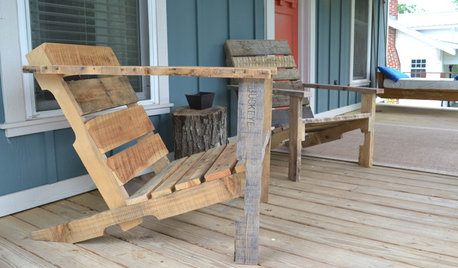
WOODWORKINGBuild Your Own Wooden Deck Chair From a Pallet — for $10!
Take the ecofriendly high road with a low-cost outdoor chair you make yourself
Full Story
HOUZZ TVHouzz TV: This Dream Midcentury Home in a Forest Even Has Its Own Train
Original wood ceilings, a cool layout and, yes, a quarter-scale train persuaded these homeowners to take a chance on a run-down property
Full Story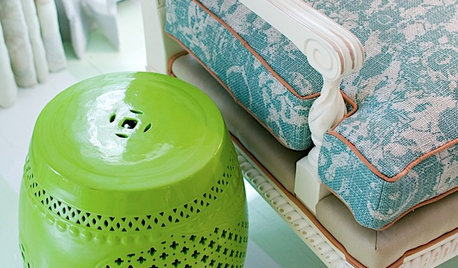
DECORATING GUIDESThe Most Helpful Furniture Piece You May Ever Own
Use it as a table, a seat, a display space, a footrest ... and indoors or out. Meet the ever-versatile Chinese garden stool
Full Story
INSPIRING GARDENSWhat We Can Learn From Longwood Gardens’ New Meadow
Sustainability, ecology, native plant communities ... this public garden is brimming with lessons on horticulture for home gardeners
Full Story
PETS5 Finishes Pets and Kids Can’t Destroy — and 5 to Avoid
Save your sanity and your decorating budget by choosing materials and surfaces that can stand up to abuse
Full Story
GARDENING GUIDES10 Tips to Start a Garden — Can-Do Ideas for Beginners
Green up your landscape even if you're short on time, money and knowledge, with these manageable steps for first-time gardeners
Full Story
REMODELING GUIDESSee What You Can Learn From a Floor Plan
Floor plans are invaluable in designing a home, but they can leave regular homeowners flummoxed. Here's help
Full Story
POOLSWe Can Dream: 7 Things to Consider Before Investing in an Outdoor Spa
Check out these tips and tricks for adding a luxurious outdoor spa to your landscape
Full Story
40 Fun Gifts for Your Pet-Loving Friends
Houzz Gift Guide: 40 New Ways to Love Dogs, Cats and Birds in Style
Full Story



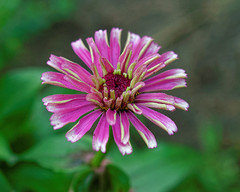
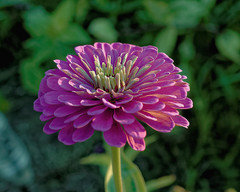
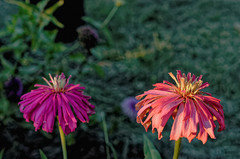
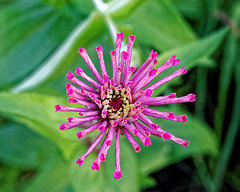





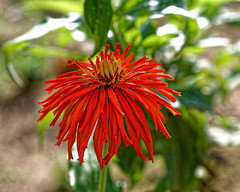



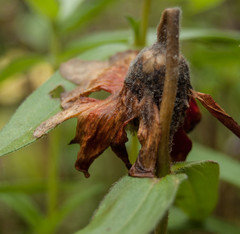


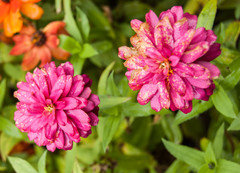








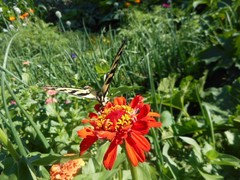
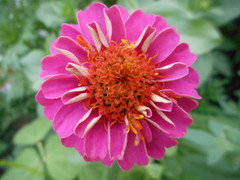
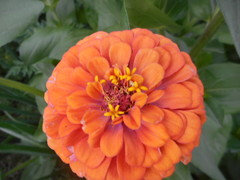


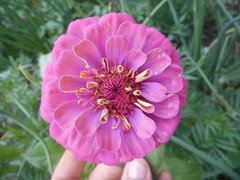
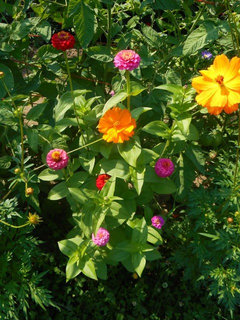

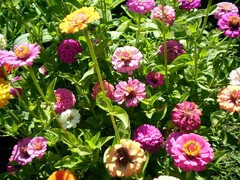


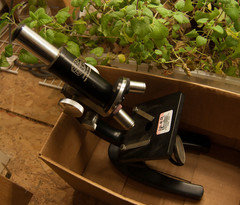
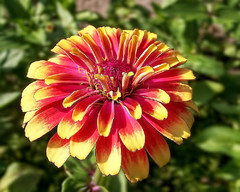

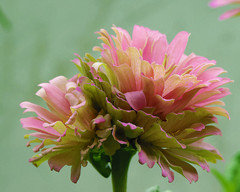
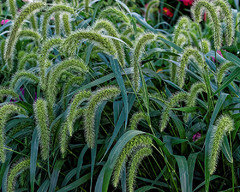
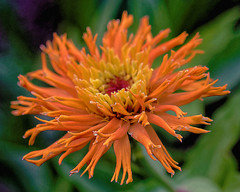


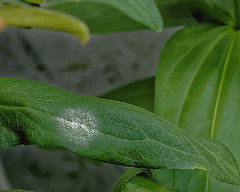
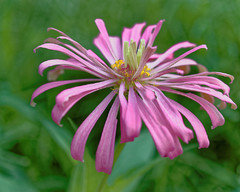

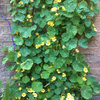
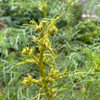
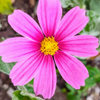
rosealice55